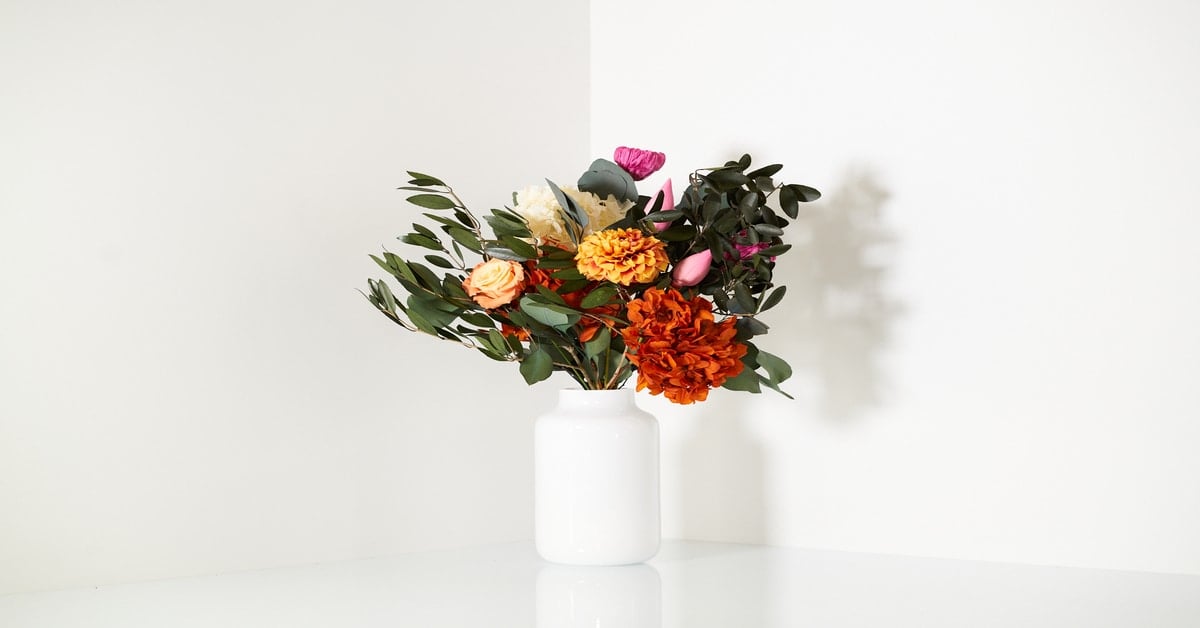
Stabilized flowers are fresh flowers that are picked when they are in bloom and are then subjected to a process that stops their growth and replaces their natural sap with a biochemical substance. The structure of these flowers is kept fully intact this way and they even keep their scent. It is as if time stands still after that. Flowers like these can last for years and their foliage is also stabilized.
Stabilized flowers are an alternative for both fresh and artificial flowers
The stabilization process is made up of three parts. First, flowers are partially hydrated in a room and temporarily lose their colors. Then the flowers are submerged in a liquid at the base of their branches. The process uses polypropylene glycerol and water.
Submersion in a substitute liquid
This process involves completely replacing the natural sap of the flower with the new liquid. This submersion lasts from one day to one week, depending on the type of flower. The final stage entails another process whereby the stabilized plant is shaped and food coloring is used to color it. After rinsing and drying, the flowers are then ready for use.
Stabilized flowers are an answer to fresh flowers because of the growing criticism concerning the environmental impact of flowers, especially due to temperature-controlled greenhouse cultivation. And also the fact that the world trade in flowers entails environmentally damaging shipments. Artificial flowers also do not have a good reputation because they are not usually produced in an environmentally friendly way. This is why the Italian company Mirai offers stabilized flowers as an alternative to both fresh flowers and artificial flowers. Artificial flowers are common (outside the Netherlands) in southern Europe and Asia, among other places. The environmental impact of stabilized flowers is smaller due to a number of factors.
Significant environmental benefits
Because the flowers do not bloom, as it were, their lifespan is shorter, so they put less pressure on the environment. The biggest environmental benefit lies in the fact that fewer flowers are needed because stabilized flowers last for years. There is less waste. Once stabilized, flowers no longer emit CO2. The stabilization procedure itself is basically environmentally friendly, because the flowers (and foliage) are treated in a biological and not a chemical way, even though the replacement liquid is heated to around 50 degrees Celsius. It also does depend on how the flowers were grown before they were treated. Greenhouse flowers have a fairly high environmental impact. Mirai says they use flowers from outdoor fields.
There are also disadvantages. The flowers should not be exposed to direct sunlight or a heat source and are bit fragile, they tend to break easily.








